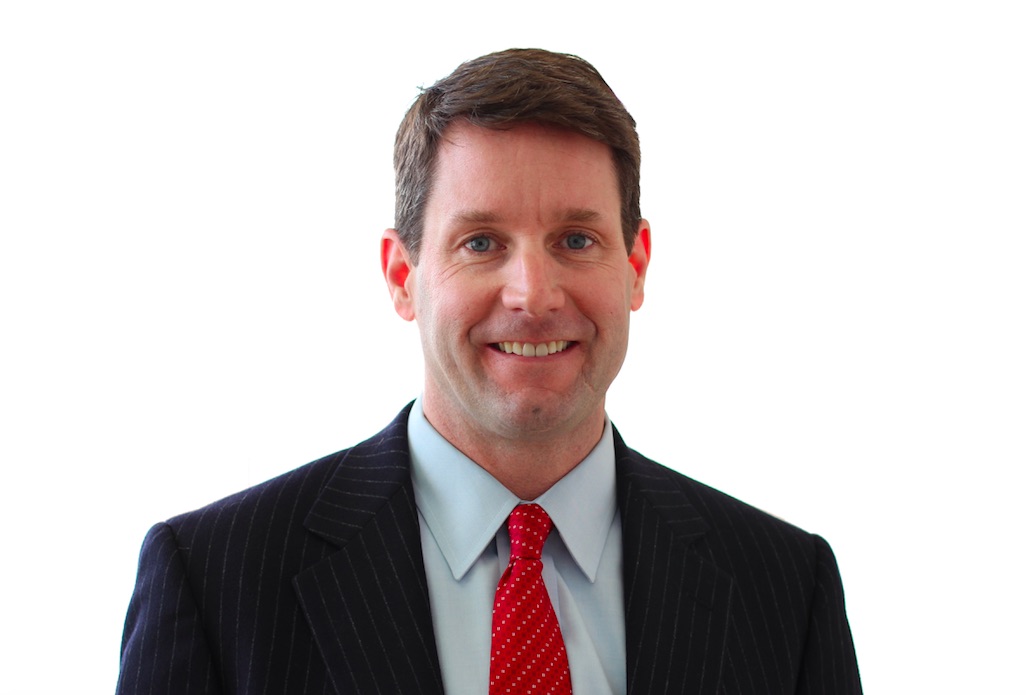Kevin Loome, Head of US Credit and Co-Manager of the Henderson Horizon Global High Yield Fund, relates his experience in 2014, when the interest rates were key, and talks about his outlook for 2015.
What lessons have you learned from 2014?
The main lesson that was reiterated to me during 2014 is that when you manage a credit product, do not try to predict interest rates. I think we stayed true to our colours and stuck to credit selection as opposed to interest rate forecasting. I also learned that usually the sector of the market that borrows the most money will eventually be the worst performer, as was the case with the energy sector, which now accounts for almost 15% of the US high yield market and was by far the largest bond issuing sector in 2014.
Where do you see the most attractive opportunities within your asset class in 2015 and what are the biggest risks?
The most attractive opportunities in the US high yield market for 2015 are in bank loans, mining companies and energy and resource companies. Bank loans have become attractive as retail fund flows have reversed in the US and, if selective, it is possible to find opportunities in loans with good covenants, asset security and floating rate interest, which will be helpful when interest rates eventually rise. The mining, energy and natural resource companies present an opportunity because of valuations. These companies sold off throughout 2014 and are now trading at levels well below asset value in some cases. If we are patient and selective we may find some good investment opportunities in these sectors this year.
The biggest risk for the high yield market in 2015 is the energy sector. If oil stays below $65 per barrel for a sustained period of time we could witness a significant uptick in defaults in the high yield energy sector. The problem is that these companies are incredibly capital intensive and rely upon easy access to the debt markets to fund their business plans. To the extent that these companies become liquidity constrained for an extended period of time, we could see a decent number of defaults and restructurings. While these companies have asset values in the form of reserves, there has been no effort as yet by investment grade energy companies to acquire any of the high yield energy producers thus substantiating the asset value.
Are you more positive or negative now than you were 12 months ago on the economic and investment outlook, and why?
I am definitely more negative now than I was 12 months ago. The simple reason is that we are one year further into an already extended positive credit cycle. From what we are seeing in the new issue calendar, fear has turned to greed and issuers are getting aggressive when it comes to covenants, pricing, leverage and equity-friendly use of proceeds. In general, companies that we follow have exhausted their ability to cut costs and grow revenues. While most companies have refinanced debt with low coupons and pushed out maturities, their excess free cash flow is being diverted to equity holders at the expense of debt holders. Unfortunately, the desire for further credit improvement on behalf of most of the companies that we follow will continue to wane until we hit the next downdraft in the credit cycle.

